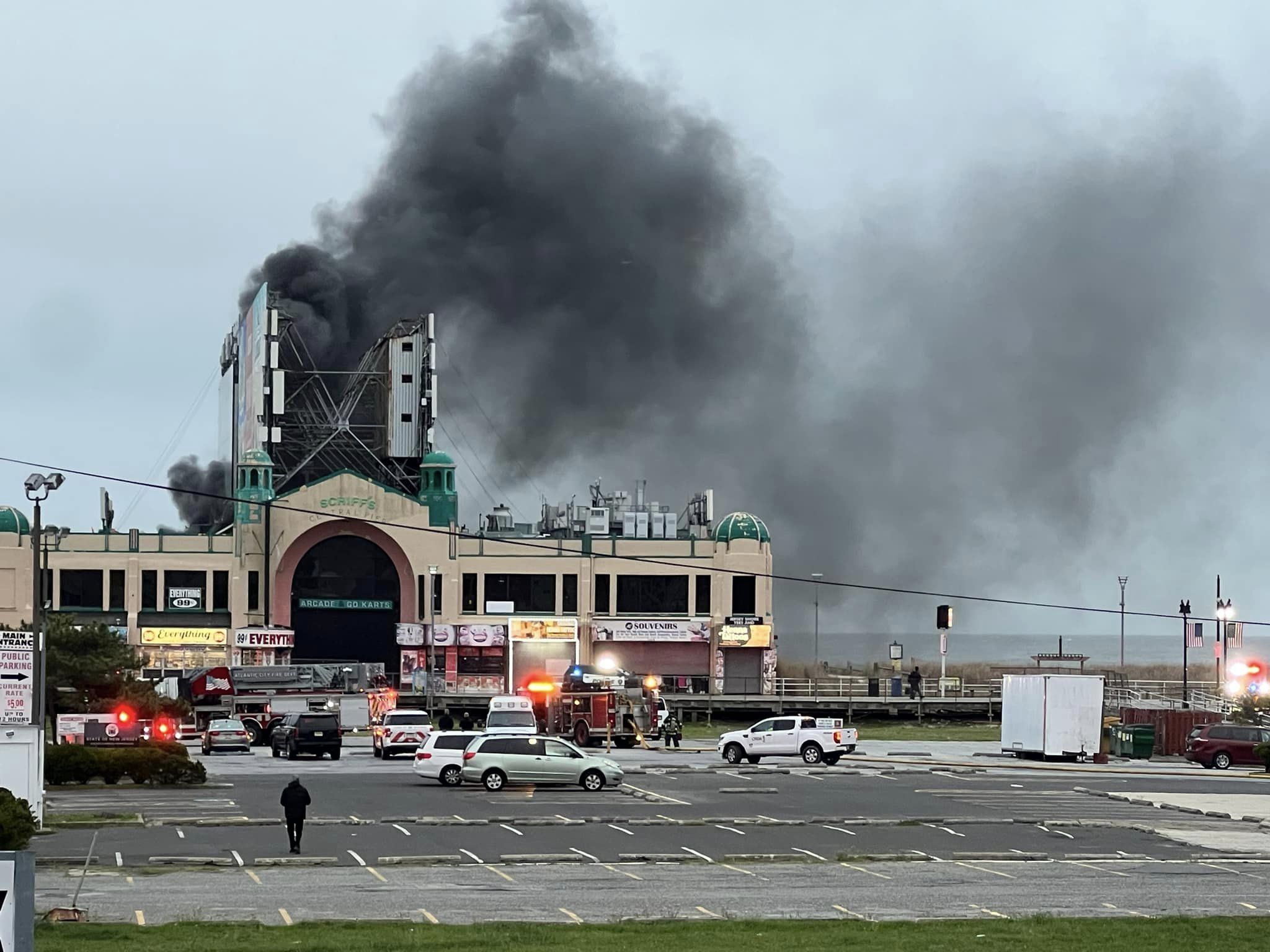The state of New Jersey is pitching in on efforts to research the cause of an increase in dolphin deaths along the East Coast.
The state will send a State Environmental Protection Department aircraft to look for stranded dolphins in the ocean and pay for testing at a state Agriculture Department lab in Ewing. The contribution will help lower costs for the Marine Mammal Stranding Center in Brigantine, which has been paying for necropsies at the University of Pennsylvania's veterinary facility.
“Fortunately, the federal investigation into the dolphin deaths is making significant progress,” DEP Commissioner Bob Martin said. “The Christie Administration is committed to doing everything we can to assist in this investigation, and to helping the Marine Mammal Stranding Center in their work to respond to this sad situation.”
“While we hope the disease cycle is reaching its peak in New Jersey, we really don’t know how much longer this situation will continue,” said Bob Schoelkopf, the Marine Mammal Stranding Center’s Executive Director. “We are extremely appreciative for all of this assistance.”
More than 70 dolphins have washed ashore in New Jersey since July.
Officials from the National Oceanic and Atmospheric Administration say a virus is likely to blame.
More than 330 dolphins have been stranded between New York and North Carolina since July 1, with nearly all of them dead by the time they washed up on shore, the National Oceanic and Atmospheric Administration said.
Local
Breaking news and the stories that matter to your neighborhood.
That's more than nine times the historical average for dolphin strandings in the region during July and August.
“Along the Atlantic seaboard, this is extraordinary,” Teri Rowles, NOAA Fisheries Marine Mammal Health and Stranding Response Program coordinator, said in a conference call with reporters.
Earlier this month, NOAA declared an unusual mortality event so it could provide additional resources to study what was behind the rapid increase in deaths -- more than half of which have occurred in Virginia. At the time, they suspected the cetacean morbillivirus was causing the deaths, just as it did during the last major dolphin die-off. In 1987 and 1988, the virus was blamed for causing 740 dolphin deaths between New Jersey and Florida.
Although research will continue, NOAA said it has collected enough evidence to declare the virus as the “tentative cause” in the most recent string of deaths as well. Morbillivirus is found in a broad range of mammals, and dolphins with it typically experience symptoms such as skin lesions, brain infections and pneumonia. The virus is usually spread through inhalation of respiratory particles or direct contact between animals, although officials said there's no risk of humans catching it. Bottlenose dolphins are typically found in groups of two to 15.
“At this point there isn't anything we can do to stop the virus,” Rowles said. “We don't have a vaccine that is developed that could be easily deployed in a wild population of bottlenose dolphins or subpopulations.”
Officials at the Virginia Aquarium & Marine Science Center said many of the dolphins washing up on the state's beaches are badly decomposed. State and federal officials say there are untold numbers of other dolphins that have also died and haven't washed ashore, likely making the total death count much higher.
“We've definitely gotten reports of floating carcasses that we were not able to recover -- and there are plenty of those,” said Margaret Lynott, the aquarium's stranding coordinator.
Using the 1980s die-off as a guide, officials believe the disease and strandings will spread south and last through the spring of 2014. Eventually, remaining dolphins will become more resistant to the disease, just as they have before. Bottlenose dolphins typically live between 40 and 50 years, but a new generation of dolphins will also likely become susceptible to the disease again in the future.
There are two different stocks of dolphins that populate the affected region, with the northern stock having between 7,000 and 9,000 dolphins, while the southern stock has between 9,900 to 12,000 dolphins, according to federal estimates.



